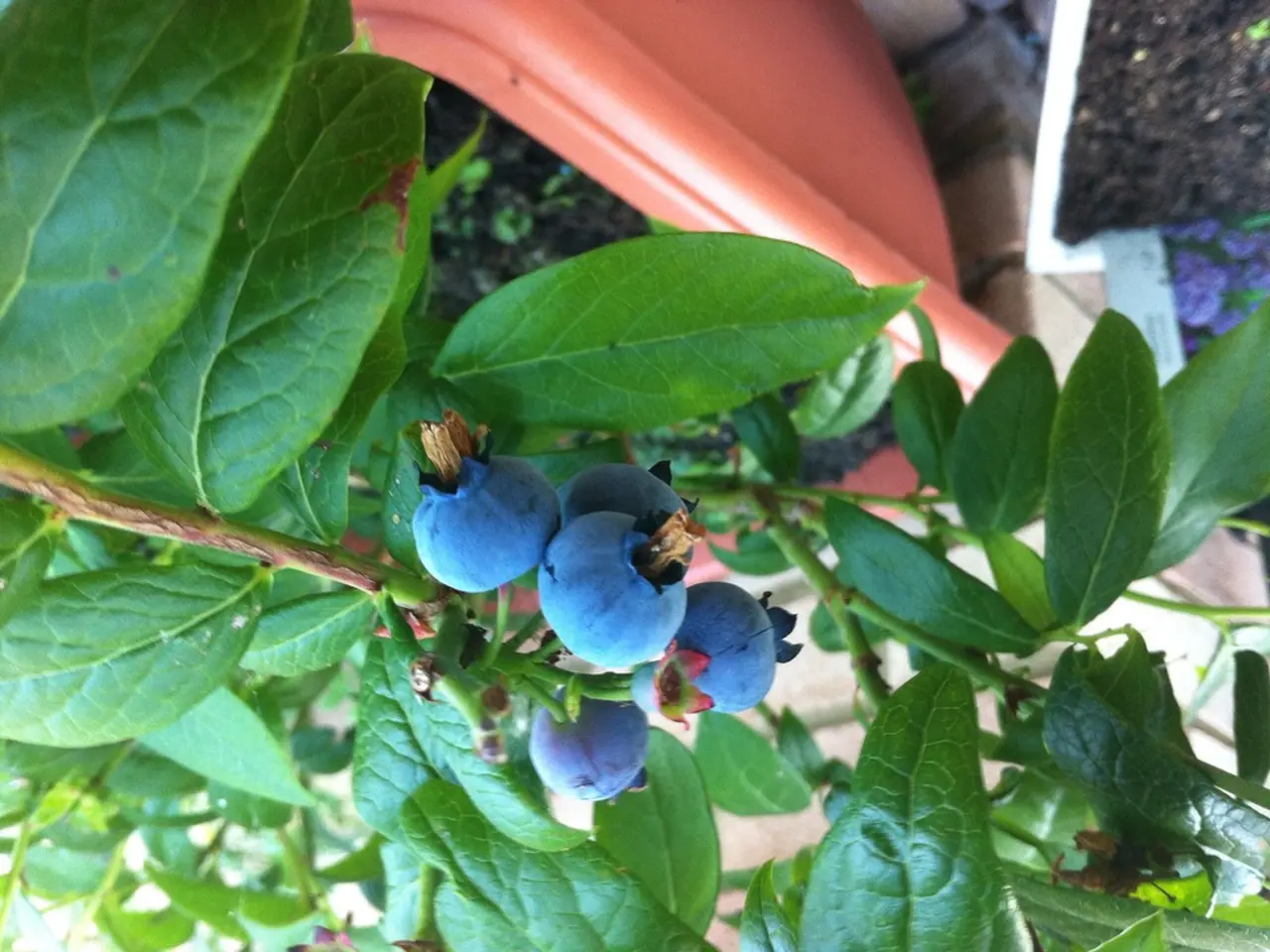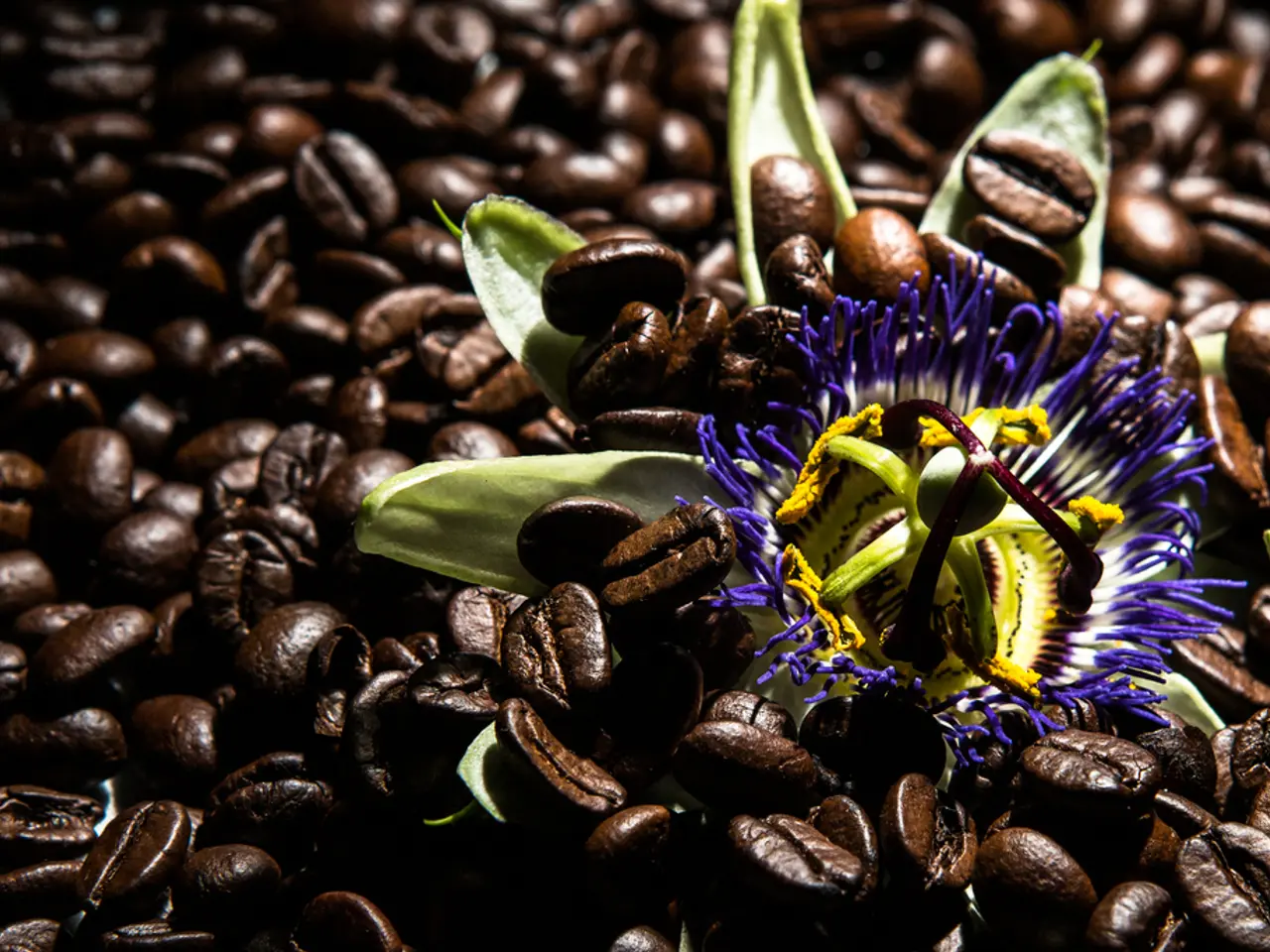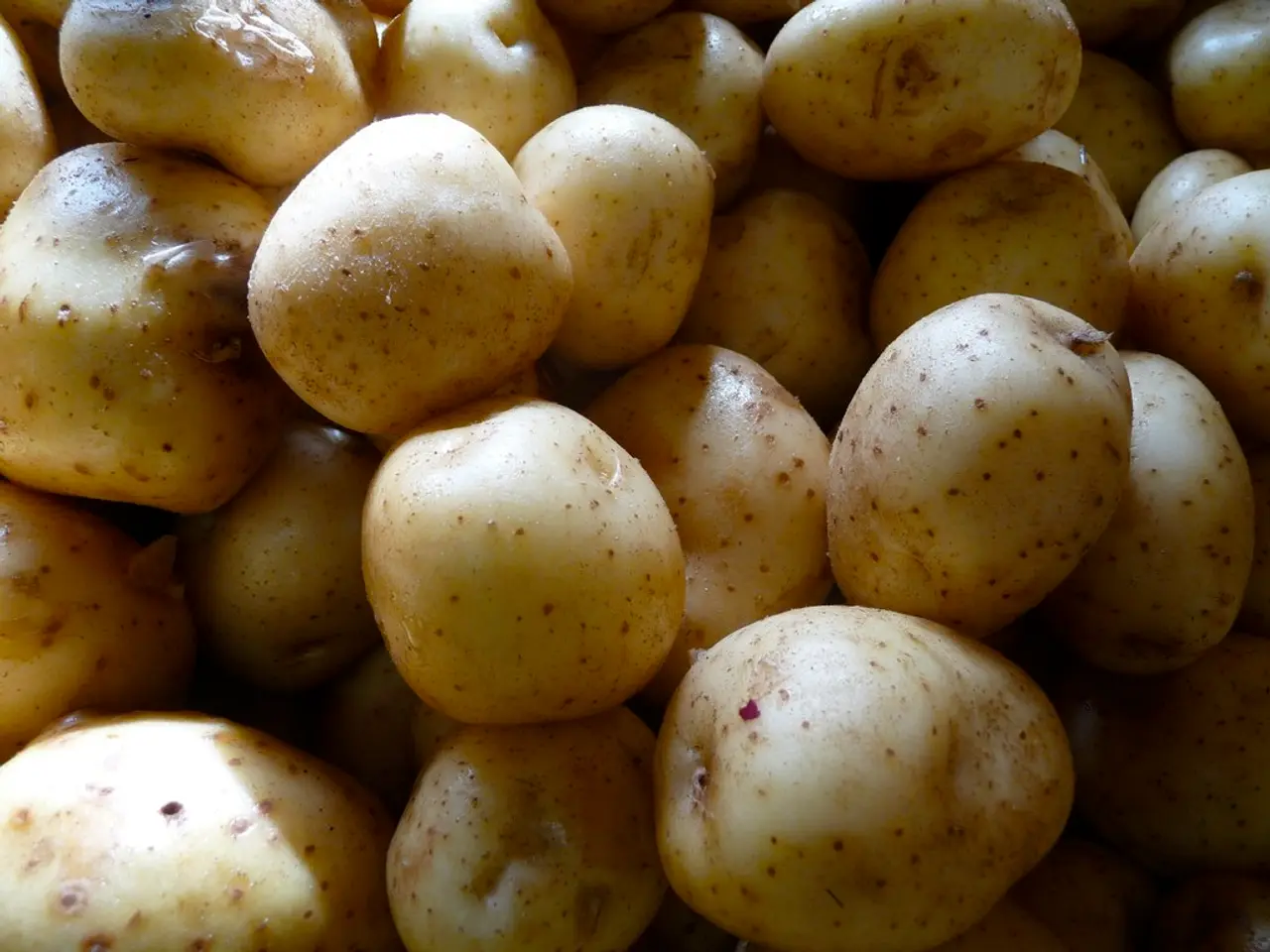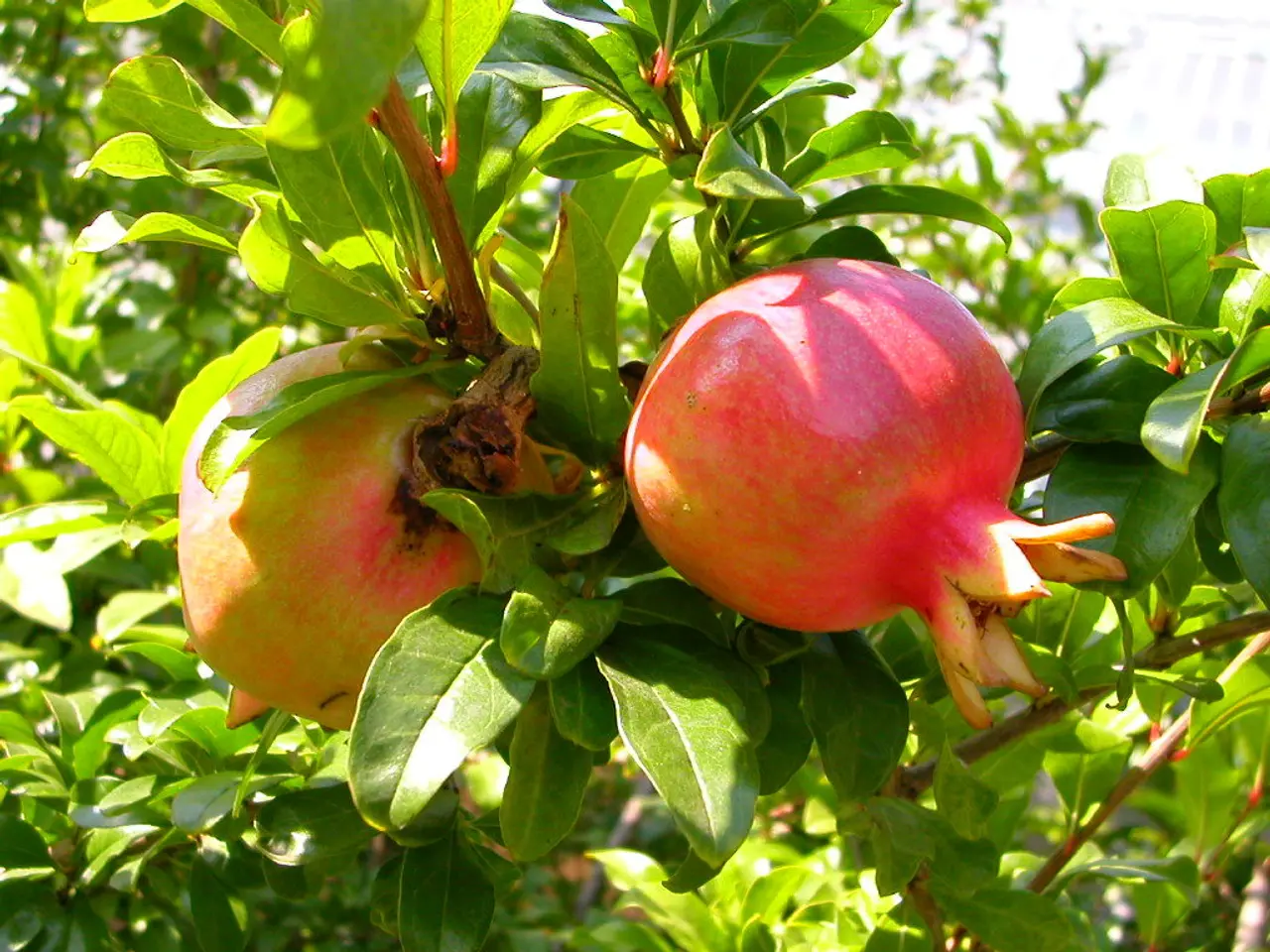Tackling ten tenacious weeds and their control strategies
A lush garden, filled with vibrant greens, blooming flowers, and perhaps juicy fruits and veggies, brings a sense of accomplishment and harmony with nature. However, nothing ruins this idyllic scene more than an unsightly weed popping up, spoiling the aesthetic. Even professional gardeners struggle with weeds, as they survive and spread despite how rich the soil is or how weed-free your garden might be at the moment. Weeds feed off nutrients, compete for sunlight, provide shelter for pests, and take up valuable space, causing frustration for garden enthusiasts.
Unfortunately, weeds can hitch a ride on a bird's wing or the wind, making it challenging to keep them at bay. Sara Bendrick, a landscape designer and contractor, agrees that some of the most difficult weeds to uproot are ground ivy, bindweed, Bermuda grass, quackgrass, Johnson grass, chickweed, thistle, buttercup, and burdock. However, this isn't an exhaustive list, as weeds vary by region. Nutsedge, described by Bendrick as nearly impossible to control, is another notorious culprit that can drive gardeners nuts. Its extensive, horizontally growing roots can re-sprout even if the foliage is removed, making it incredibly difficult to eradicate.
So how do you tame these garden nuisances? Hand-pulling is an effective method, especially for nutsedge, as long as you remain persistent in uprooting the entire root system before it has the chance to regrow. This method is most successful during the spring, when the soil is saturated, and weeds are still young and pliable.
Covering your lawn with black plastic sheeting for a couple of months during its growing season is another solution for plants with dense root systems. This layering technique suffocates the weeds and eventually causes their death. It's essential to weigh down the plastic with heavy objects, such as bricks or cinder blocks, for maximum effectiveness.
Some weeds, especially those with deep-reaching root systems, may require specialized measures such as digging up the entire root system or applying an herbicide. Vinegar, in particular, can serve as a natural alternative to harsh herbicides, as it dehydrates weeds upon contact. However, certain species of weeds may need more potent herbicides to achieve eradication.
While tackling weeds can be a tedious and time-consuming process, proper removal techniques are essential to achieve long-term weed control and enjoy a lush, thriving garden.
Gardening enthusiasts often face challenges with weeds, even in outdoor gardening, as they can hitch a ride on birds or the wind. RealSimple suggests hand-pulling as an effective method for nutsedge, especially during the spring when the soil is saturated. However, some weeds with deep-reaching root systems might require specialized measures, such as digging up the entire root system or applying an herbicide like vinegar.
Outdoor gardening can be rewarding, but the presence of weeds can dampen the experience. According to professional gardeners, weeds like ground ivy, bindweed, and nutsedge are notoriously difficult to uproot due to their extensive root systems. Homeowners might consider covering their lawn with black plastic sheeting to suffocate weeds during their growing season for a temporary solution.
The average gardener might feel disheartened by the sight of weeds ruining their garden's aesthetic, but sticking to persistent weeding methods can help control their spread. Gettyimages features images of gardeners tackling weed removal with determination, underscoring the importance of perseverance in outdoor gardening.
Gardening experts advise using sharp tools to minimize damage to the garden while weed-pulling, as well as monitoring the garden regularly for early signs of weeds to nip them in the bud. By implementing these strategies, gardeners can enjoy a lush, thriving garden that is free from unsightly weeds that spoil the aesthetic.








